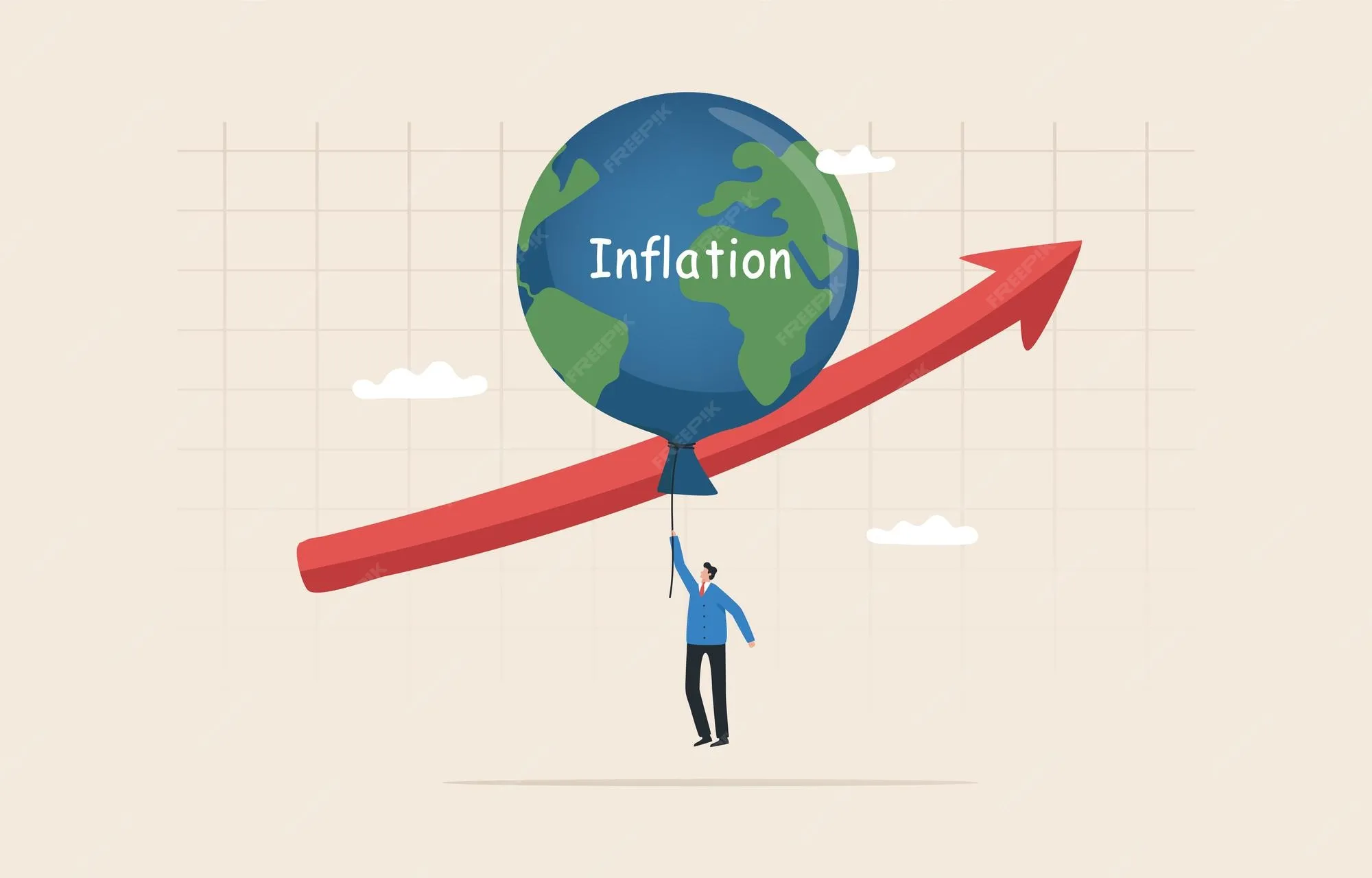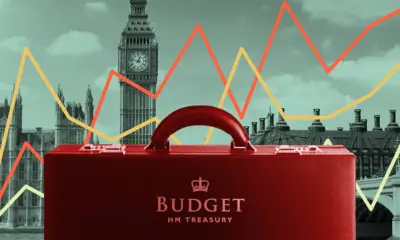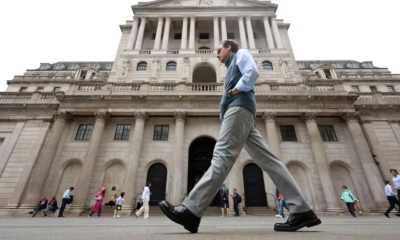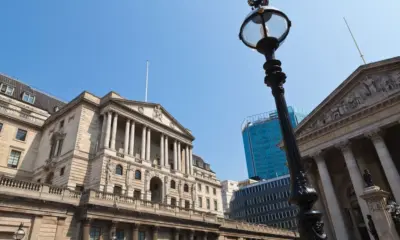Business
UK Mortgage Rates in 2025: What Homeowners Should Expect Amid Persistent Inflation

Introduction
In 2025, homeowners and potential buyers across the United Kingdom are facing another year of uncertainty. Inflation, though lower than its peak, remains above the Bank of England’s two percent target, keeping interest rates elevated. While many borrowers hoped for a swift decline in mortgage costs, economic data suggests that the fall in rates will be slow and uneven. For those with expiring fixed-rate deals or plans to buy property, understanding how inflation, monetary policy, and lender behavior interact will be essential in making smart financial decisions.
Inflation and Its Influence on Mortgage Rates
Inflation has proven more resilient than many forecasters expected. By mid-2025, consumer price inflation hovered around 3.5 percent, driven by persistent increases in service costs and housing-related expenses. Although energy prices have stabilized, core inflation, excluding food and fuel, remains sticky, reflecting ongoing wage pressures.
This backdrop complicates the Bank of England’s decisions. While progress on disinflation has been made, policymakers are cautious about declaring victory too soon. Cutting rates before inflation is fully under control could undo recent progress and trigger another rise in prices. As a result, the Monetary Policy Committee is signaling a preference for stability and patience. Most members believe rates should remain restrictive for a while longer to ensure that inflation expectations are fully anchored.
The Outlook for the Base Rate
The Bank of England’s base rate remains the single most important benchmark for mortgage pricing. As of 2025, it sits at around four percent after modest reductions earlier in the year. Market analysts expect any further cuts to be gradual, potentially reaching 3.75 percent by early 2026 if inflation continues to ease.
This cautious path means mortgage borrowers are unlikely to see dramatic reductions in monthly payments. Two-year and five-year fixed-rate mortgages are forecast to average between 4.5 and 4.8 percent throughout most of 2025. Lenders remain hesitant to cut deeper because wholesale funding costs and swap rates have not yet fallen in line with base rate expectations.
Even so, this represents a significant improvement from the highs of 2023, when average mortgage rates exceeded six percent. For homeowners coming off older deals, the transition will still feel steep but less punishing than feared. The general message from financial institutions is that while relief is coming, it will take time to fully materialize.
Lender Behavior and Market Competition
Mortgage rates do not move in lockstep with the Bank of England’s decisions. Lenders adjust their pricing based on funding costs, market competition, and perceived borrower risk. Throughout 2025, many lenders are expected to compete for lower-risk borrowers by offering slightly more attractive deals, especially in the fixed-rate market.
Borrowers with strong credit profiles and low loan-to-value ratios are likely to benefit first. Banks and building societies continue to favor customers with at least 25 percent equity, offering the best rates to those who present minimal risk. Conversely, first-time buyers or borrowers with high loan-to-value ratios may find fewer competitive offers, as lenders remain cautious about potential defaults in a slow-growth economy.
Variable-rate and tracker mortgage holders could experience minor reductions if the base rate edges down later this year. However, these changes will likely be incremental. Many lenders will protect their margins by adjusting spreads or adding small risk buffers, meaning not all of the savings from lower rates will be passed directly to borrowers.
Homeowner Challenges in a High-Inflation Environment
The persistence of inflation continues to squeeze household finances. Although wage growth has improved, rising living costs and higher taxes have eroded disposable income. Mortgage repayments now account for a larger share of household budgets than at any point since 2008.
Those whose fixed-rate deals are expiring face difficult decisions. Remortgaging now might secure slightly lower rates than last year, but waiting could offer greater savings if inflation declines faster than expected. However, delaying carries risks, if inflation remains sticky, lenders may hold rates steady or even edge them upward again.
For potential buyers, affordability remains a major obstacle. Average house prices have fallen modestly, but higher financing costs continue to limit purchasing power. Many would-be buyers have postponed plans, choosing instead to rent longer or build larger deposits.
Economic and Global Risks
Several factors could influence the direction of mortgage rates in 2025 and beyond. A sharp decline in global commodity prices or weaker consumer demand could help lower inflation faster, giving the Bank of England room to cut rates more confidently. On the other hand, any renewed rise in energy costs, geopolitical tensions, or supply chain disruptions could slow progress and force policymakers to maintain tighter conditions for longer.
Wage growth remains a particularly important variable. If pay settlements continue to exceed productivity gains, inflation could persist at uncomfortable levels. This would limit the Bank’s ability to ease policy and keep mortgage rates higher for an extended period.
Another factor is global financial sentiment. If major central banks, such as the Federal Reserve or the European Central Bank, maintain tight policies, global bond yields could remain elevated, pushing up funding costs for UK lenders.
What Borrowers Can Do Now
In the current environment, borrowers should focus on preparation and flexibility. Reviewing existing mortgage terms early, comparing fixed and variable options, and consulting independent financial advisers can make a significant difference. For those nearing the end of a fixed deal, exploring product transfers or early renewals may offer better rates before wider market changes take hold.
Borrowers should also consider overpayments where possible. Even small additional contributions to the principal can reduce total interest costs and provide a buffer against future rate uncertainty. Managing household budgets and avoiding short-term fixes will be essential for maintaining stability.
Conclusion
The mortgage market in 2025 reflects a delicate balancing act between inflation control and economic stability. The Bank of England remains cautious, signaling that while rates may edge lower, there will be no sudden drop. For homeowners, this means adjusting to a new normal of moderate but persistent borrowing costs. The direction of mortgage rates will depend heavily on the pace of inflation, wage growth, and the broader global financial climate. While the worst of the rate shocks appear to be over, patience remains essential. Those who plan carefully and stay informed will be best positioned to benefit when the gradual easing of monetary policy finally takes hold.




















